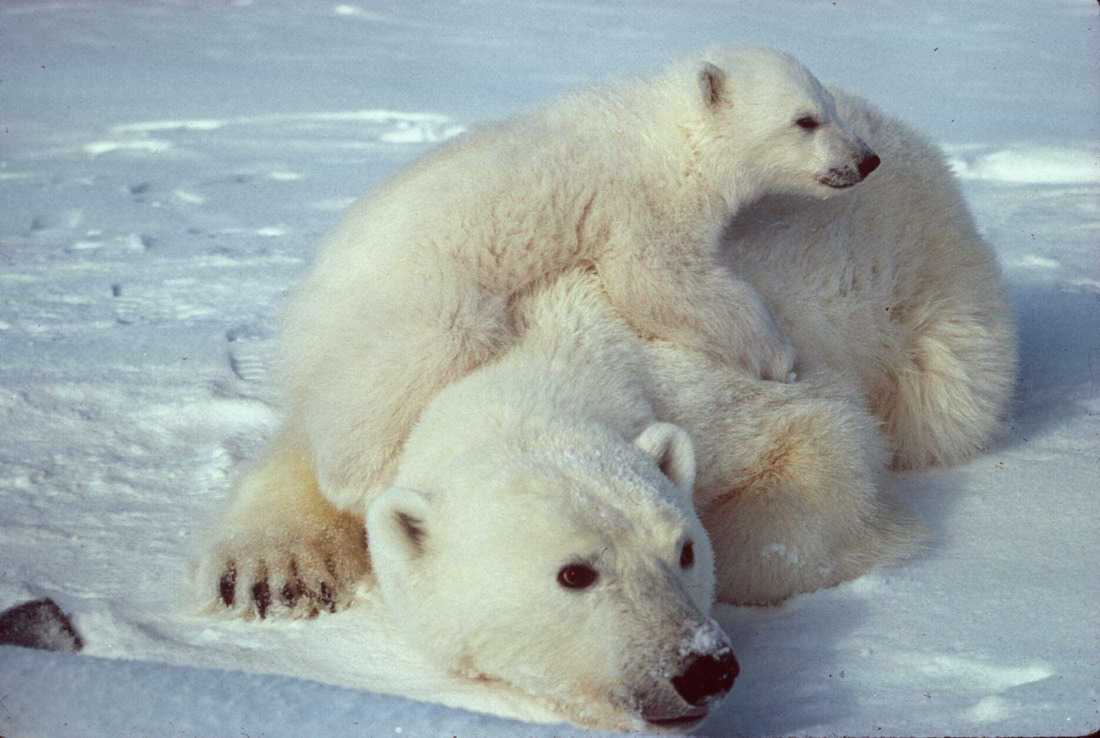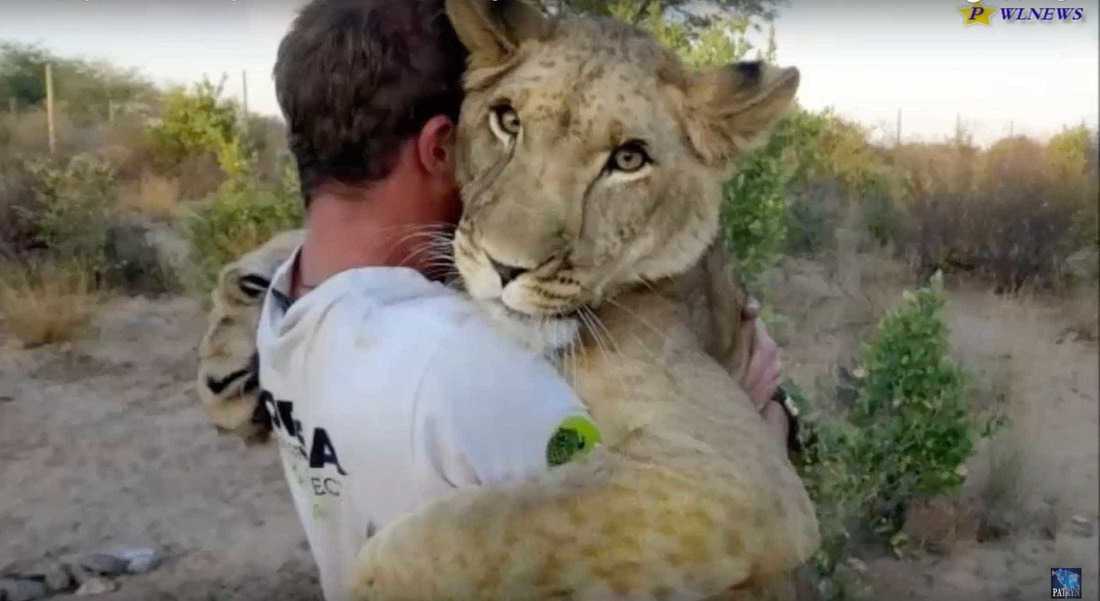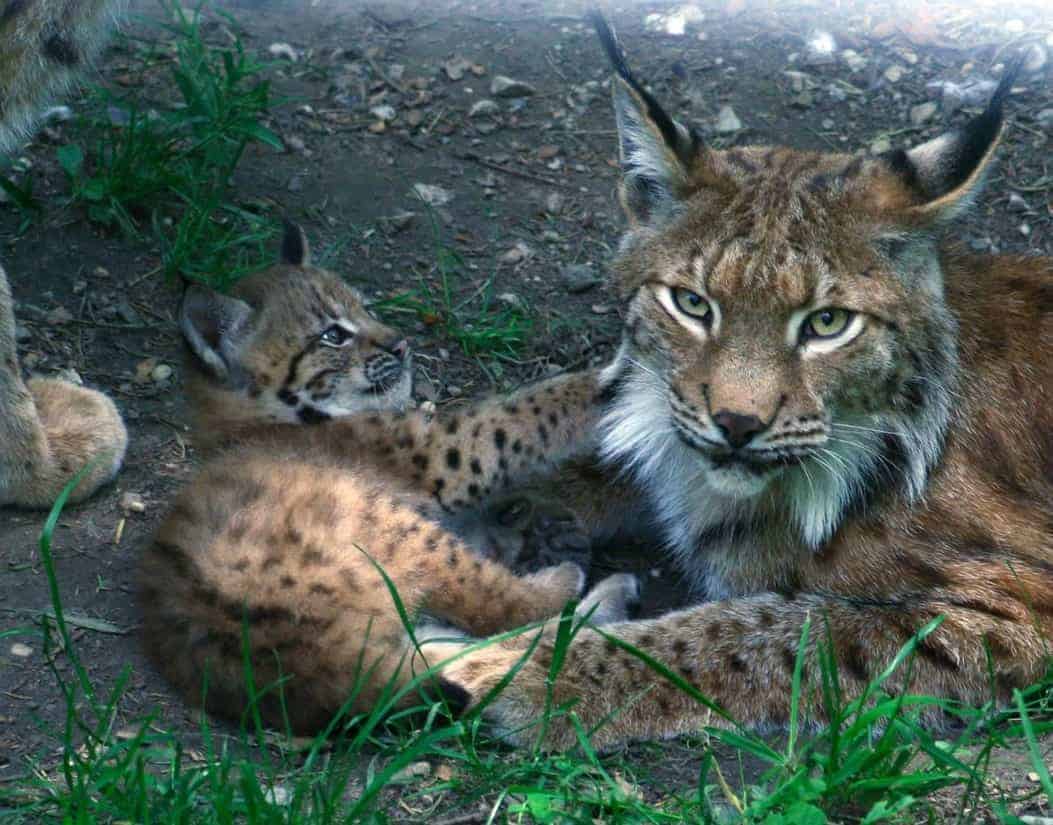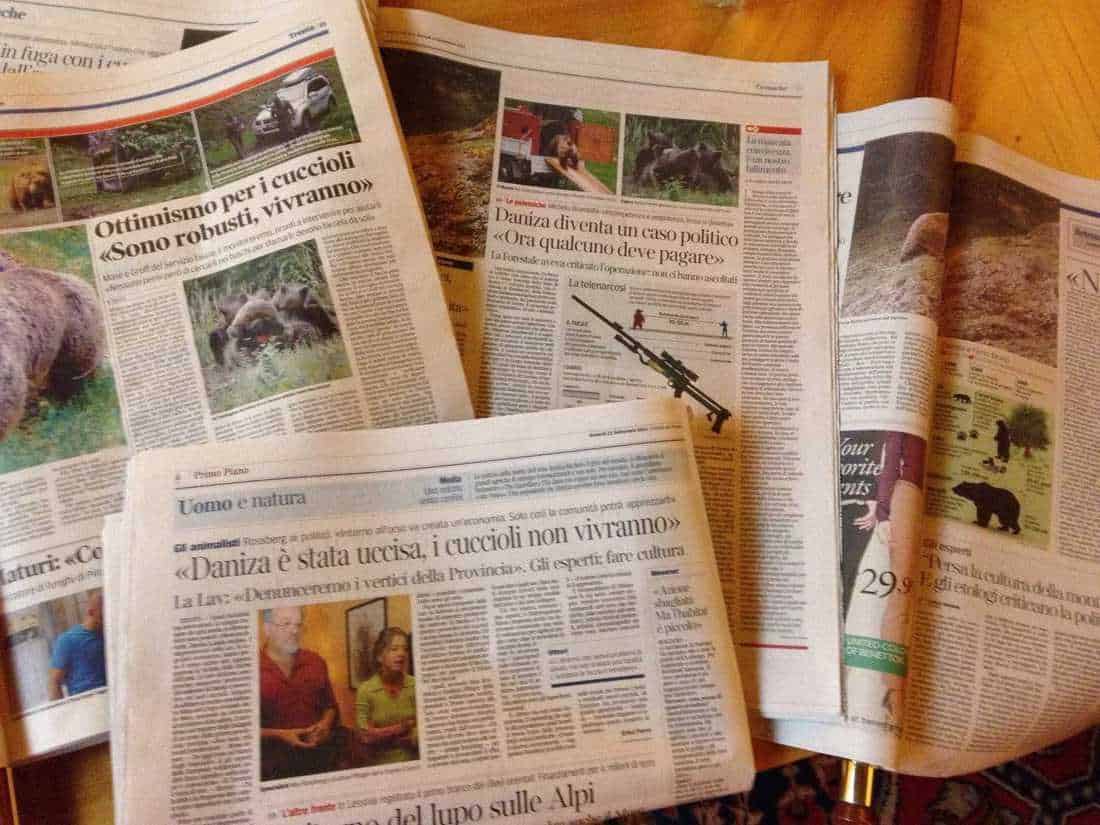Happy International Polar Bear Day!
What you need to know about polar bears today
February 27th is the international polar bear day. It is used worldwide to draw attention to the species, its habitat and threats.
Polar bears have perhaps become the strongest symbol of climate change and climate change call to actions. How many have you walked by a poster showing an emaciated polar bear who barely seems to be able to walk?
What does the reality of polar bears in the arctic look like? It is a known fact that the Arctic, the polar bears habitat, is getting warmer and warmer, just like many other places on our planet. This has great impact on the lives of polar bears.
By uniting and taking actions to protect polar bear families, we can help protect the entire Arctic ecosystem, which in turn impacts people around the world.
Habitat
Polar bears are dependent on Arctic Sea ice. This is where they find their prey, the seal. What is special about their habitat is the fact that it always changes. The ice retreats in summer and expands in winter, however, it is never the same for two seasons. This, in turn, means that the polar bears’ range can also vary greatly, depending on the quality of the ice and the availability of seal.
To save as much energy as possible for staying warm, polar bears usually walk slowly and their hunt does not involve sprinting and running around like it does for other animals. However, this does not stop them from travelling far across nations. Most polar bears are believed to stay in their home range where they travel for a few hundred kilometres.
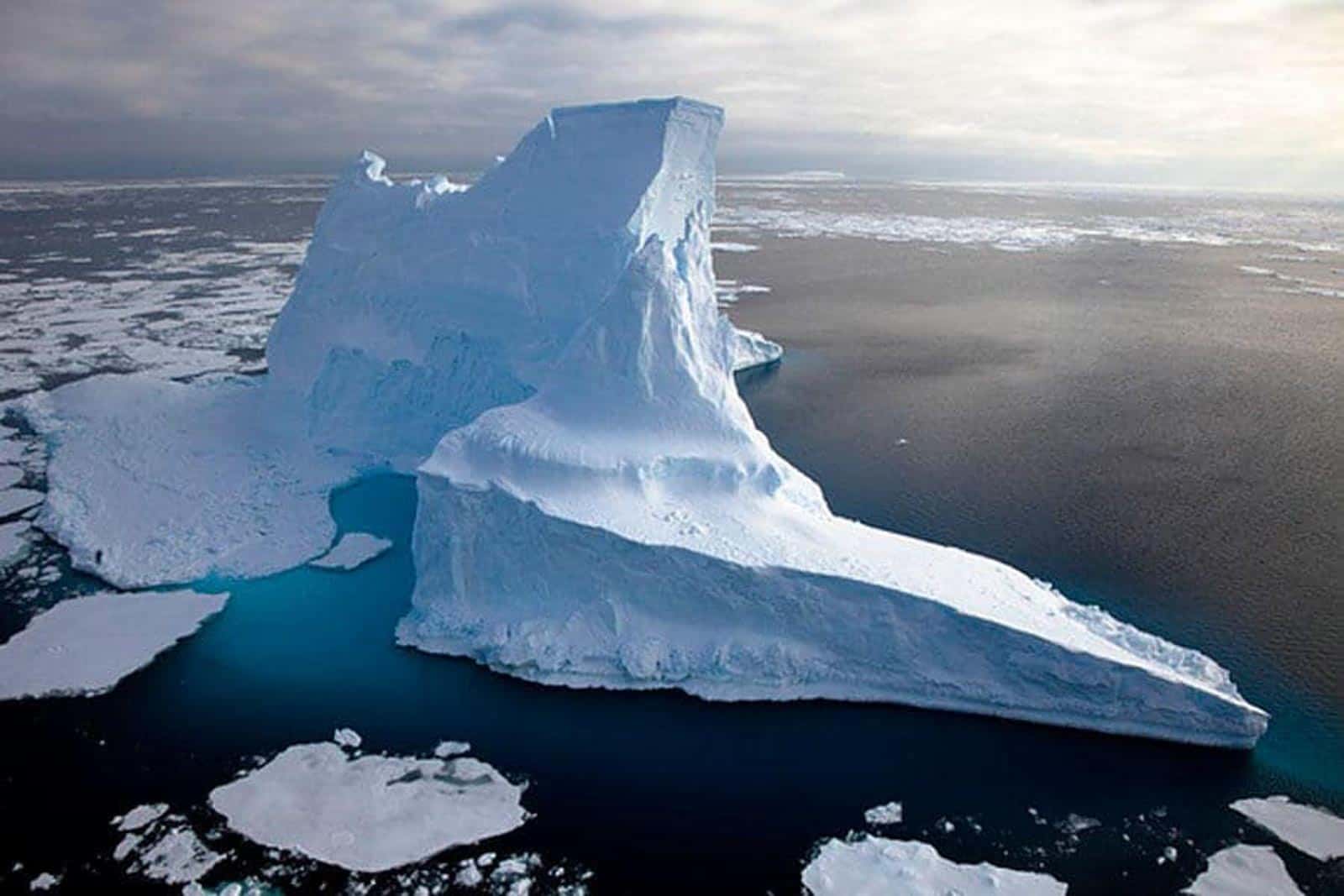
Staying warm
Polar bears are very well adapted to freezing temperatures in the arctic. They do not only have two layers of fur but also a thick layer of fat underneath. Their paws are also adapted to walk on ice, even on very thin layers of ice. They can also be used very well as paddles when swimming.
Female polar bears build themselves a den out of snow once they go into maternity. In there, they give birth and they stay with their cubs to protect them from the cold. Dens are made of snow, so they are not easily detectable in the vast white desert.
Threats
Especially climate change, global warming and the rise of ocean temperatures are big issues for the survival of polar bears. With the ice melting, their habitat literally disappears underneath their feet. Most polar bear subpopulations are expected to disappear by 2100, if greenhouse gas emissions are not curbed now. Sea ice loss is the biggest threat to polar bears.
Industry and human actions are another threat to polar bears. More and more land up north is being used for economic reasons and humans advance further into the polar bears’ habitat. The detection of dens is not very advanced yet, which can also cause problems for polar bears, especially mums and cubs, when it comes to human involvement.
Polar bears and humans
Similarly, the polar bears dare to venture further into what we understand as human territory because they cannot find prey and survive in their own habitats. This may lead to aggressive encounters between humans and polar bears and does no good for either. There have been reports about polar bears attacking and killing humans as well. It is therefore high time that polar bears’ habitats are secured and protected. Once again, it is evident how everything is connected: Polar bears lives, climate change, human lives. Everything we do has an impact that will one day come back to us. Dr Steven Amstrup summarises the problem very well:
I think it’s important to differentiate between a behavioral change, as we would commonly think of it, and think of it more in the framework of something the bears are forced into because their habitat is gone.

